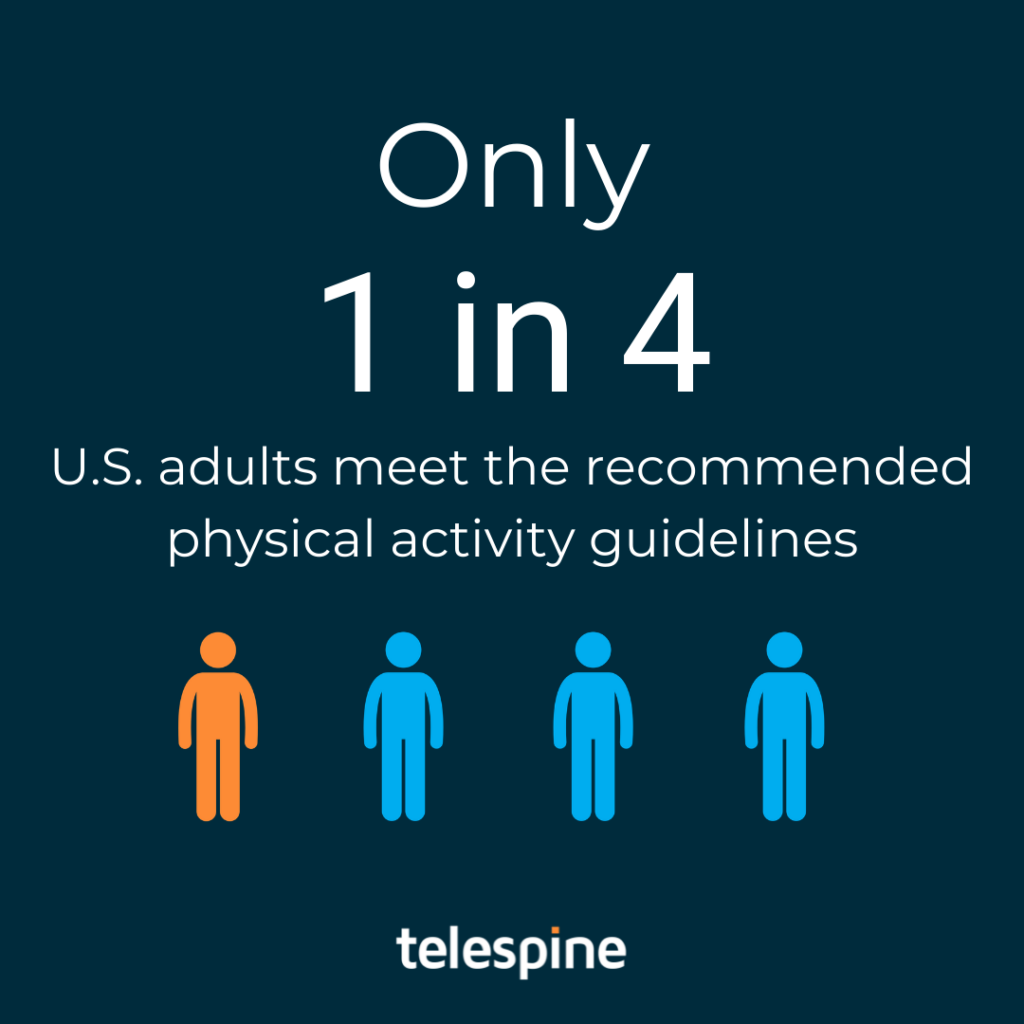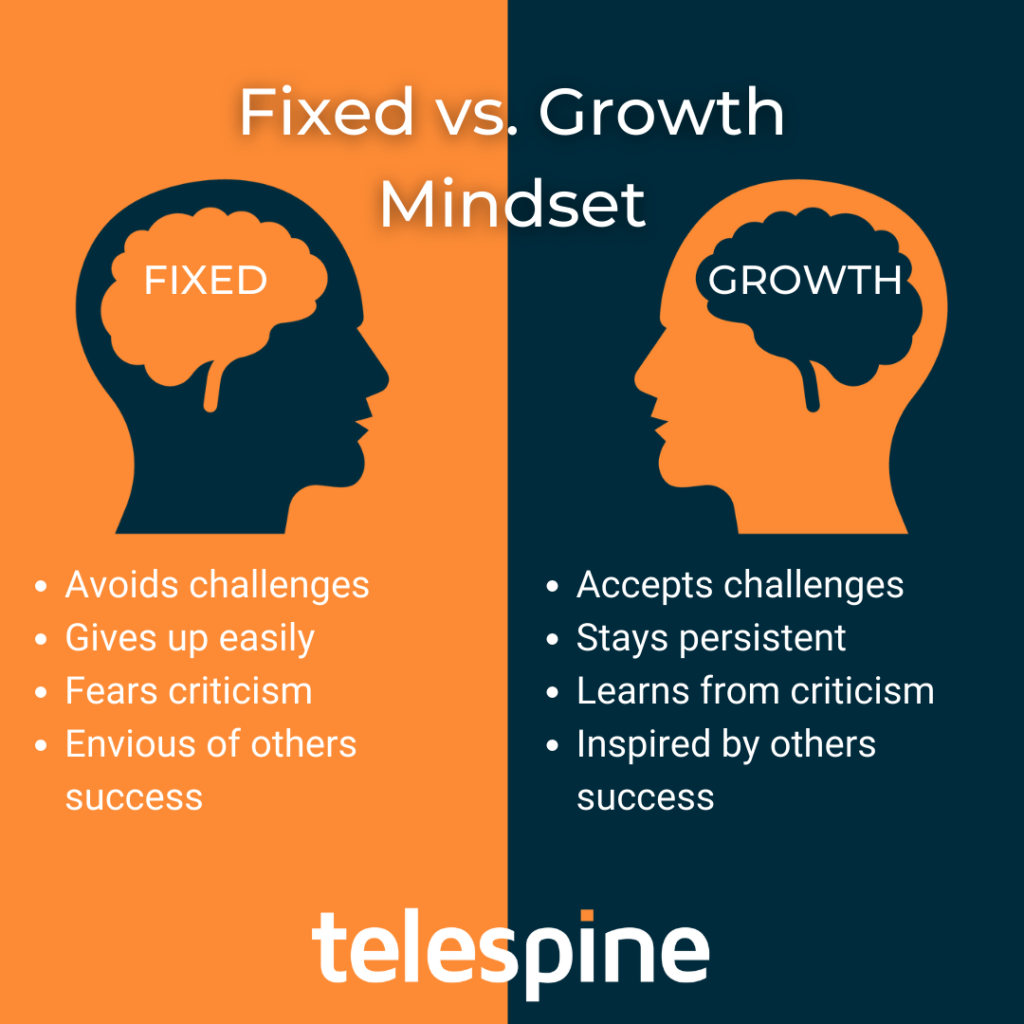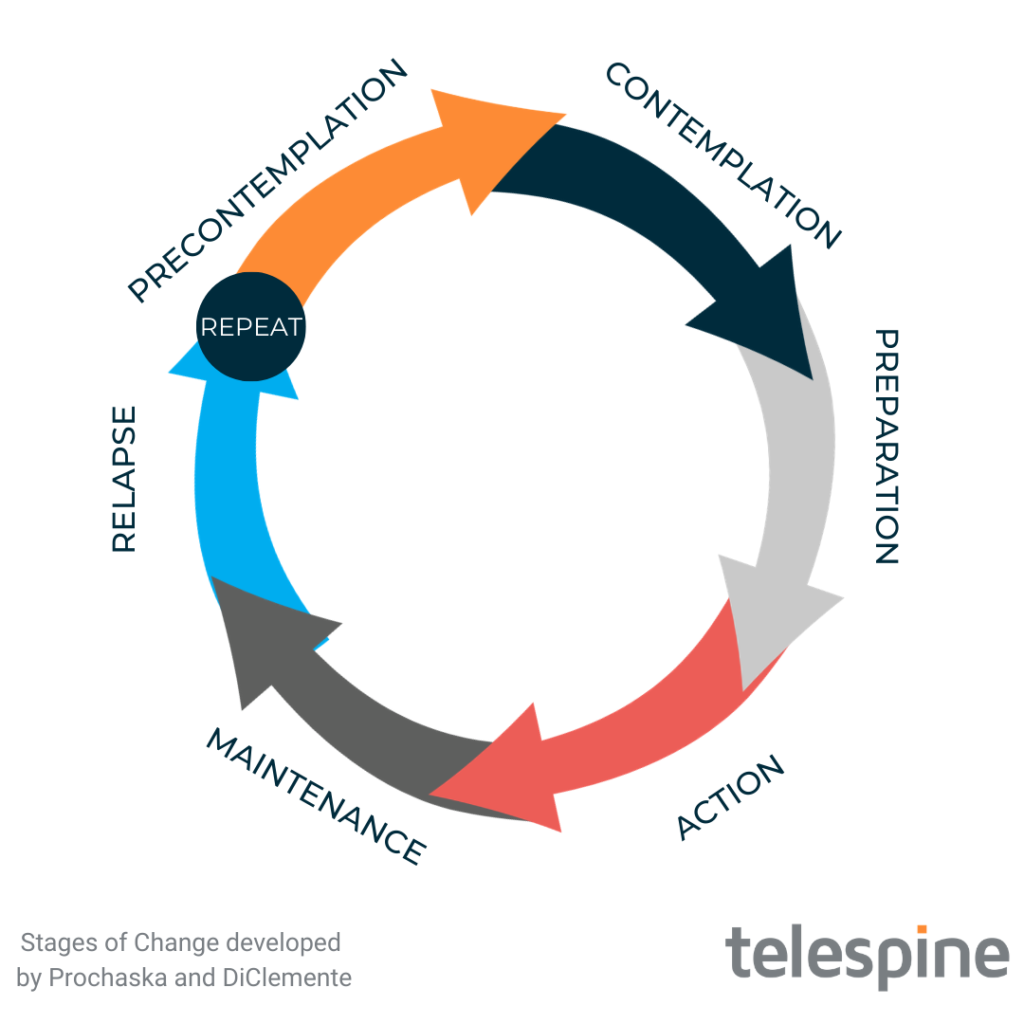The relationship between chronic pain and being inactive are closely intertwined. Studies show those who are more physically active are at a lower risk of developing chronic pain.2 Dealing with chronic pain takes a massive toll on an individual’s life and keeps them from doing the things they love. Lack of physical activity costs the nation $117 billion a year for related healthcare.1 80 percent of U.S. adults don’t meet recommended physical activity guidelines.4 It is clear the population struggles with implementing healthy habits that can improve their quality of life and reduce pain. Pain conditions can completely derail a person’s life, so why is it so hard for them to maintain lasting results per their doctor’s recommendations?

The Missing Link in Health Care
If you are dealing with some form of muscle, bone, or joint pain, your experience with treatment may have gone as follows: You go to your doctor for a referral to a physical therapist. Your physical therapy appointment finally comes, the physical therapist provides a listening ear, takes you through some exercises, and sends you on your way with a handout of exercises to perform daily. They also want to see you back at the clinic once a week. You sigh with relief because you finally got answers and exercises that can help! Then, a few days go by and you realize you only looked at the exercise handouts once. On top of that, the upcoming in-clinic appointment interferes with your work schedule. You’re now stressed, which isn’t doing your pain any good. You then realize you’re not doing any better since your in-clinic appointment and feel stuck. Does this sound familiar?
The health care model is great at providing tools, but not the best at helping individuals adhere to those tools, resulting in poor health outcomes. How can health outcomes be improved? They can be improved through client access to health coaches.
How Health Coaching Helps
Health coaching is an evidence-based approach to improving an individual’s overall health and wellbeing. Instead of simply telling clients what to do, health coaches put the clients in the driver’s seat. They help uncover the client’s goals and motives, prepare for obstacles, and build on the client’s strengths.
Health coaches not only provide the tools, but help clients use those tools to create a healthy, sustainable lifestyle. Studies show that clients working with a health coach showed improvements in program adherence, exercise frequency, stress, and perceived health status.3 The foundation of health coaching consists of motivational interviewing, positive psychology, and the stages of change model.
Motivational Interviewing
Motivational Interviewing (MI) is a method coaches use to ask open-ended questions that help clients uncover why they want to change. In traditional health care models, individuals are just told what to do by doctors. This often leads to poor results, because what it comes down to is, “people do not resist change, they resist being changed.”-— Peter Senge, scientist, MIT professor, author
By providing a space for people to explore their “why” behind wanting to change, coaches avoid telling them what to do. Instead, coaches help them set the groundwork for their own transformation. This improves their chance of success.
Positive Psychology
Health coaches utilize positive psychology to focus on what has worked in the past and what can work in the future for the client, instead of focusing on what is wrong and needs to be fixed. Client’s attitudes and perceptions of their abilities have a huge impact on their level of adherence. This is why utilizing positive psychology, and bringing light to client’s strengths and abilities is so important in the coaching field.
Individuals can fall into a “fixed mindset,” meaning they steer clear of failure. This mindset can lead to poor health outcomes due to the belief that there is no room for growth and their goals are unachievable. The role of a health coach is to help individuals transform their mindset into a “growth mindset,” meaning they have a desire to learn, gather useful information from their failures, and try new things. Switching from a fixed to growth mindset helps individuals reach much higher levels of success and increases their likelihood of obtaining or surpassing their goals. Mindset is a critical component in all stages of change.

Stages of Change
Health coaches meet clients where they are. Everyone is at a different point in their journey when they seek the help of a health coach. Coaches have undergone training to assess an individual’s stage of change and implement stage-specific techniques that have been shown to help people progress forward with their goals. The approach taken with a client who has not started contemplating change is vastly different from the approach taken with a client who has been practicing a new behavior for 3-6 months. The stages of change model helps coaches personalize their client’s experiences and set them up for success based on their own unique needs.

Get Started With a Coach Today
Here at Telespine, our expert health coaches have gone through extensive training, and are well equipped to help you reach your goals. In addition to their health coach training, our coaches hold degrees, licensure, and certifications in a wide range of specialties from exercise physiology, athletic training, yoga, pilates, and personal training. Now is the best time to become the person you want to be. Contact us today to start your health journey!
References
- Centers for Disease Control and Prevention. (2019, September 25). Lack of Physical Activity. Centers for Disease Control and Prevention. https://www.cdc.gov/chronicdisease/resources/publications/factsheets/physical-activity.htm.
- Law, L. F., & Sluka, K. A. (2017). How does physical activity modulate pain?. Pain, 158(3), 369–370. https://doi.org/10.1097/j.pain.0000000000000792
- Wolever RQ, Dreusicke M, Fikkan J, Hawkins TV, Yeung S, Wakefield J, Duda L, Flowers P, Cook C, Skinner E. Integrative health coaching for patients with type 2 diabetes: a randomized clinical trial. Diabetes Educ. 2010 Jul-Aug;36(4):629-39. doi: 10.1177/0145721710371523. Epub 2010 Jun 9. PMID: 20534872.
- U.S. Department of Health and Human Services. (2018). Physical Activity Guidelines for Americans, 2nd edition. Retrieved from https://health.gov/paguidelines/second-edition/pdf/Physical_Activity_Guidelines_2nd_edition.pdf
